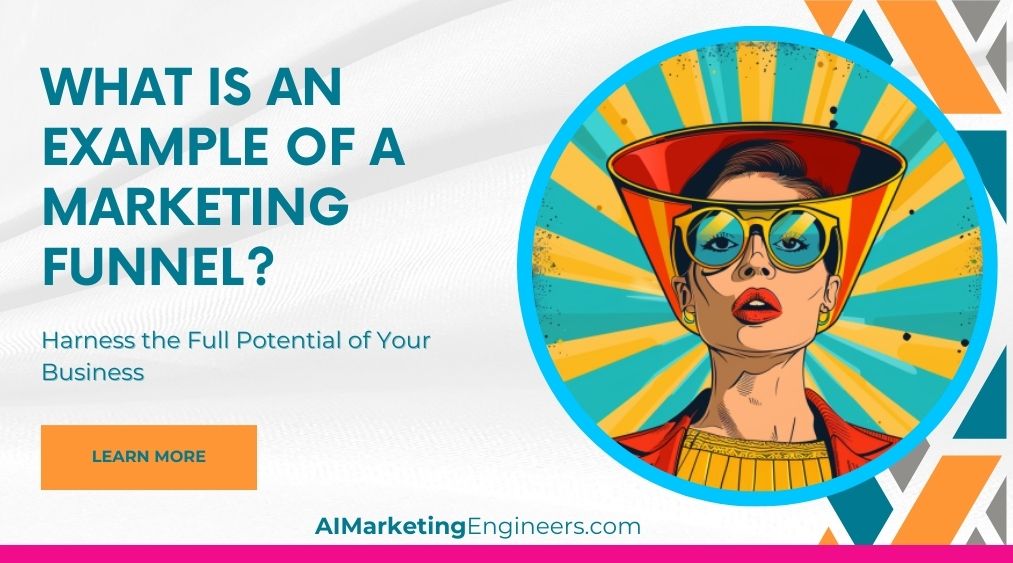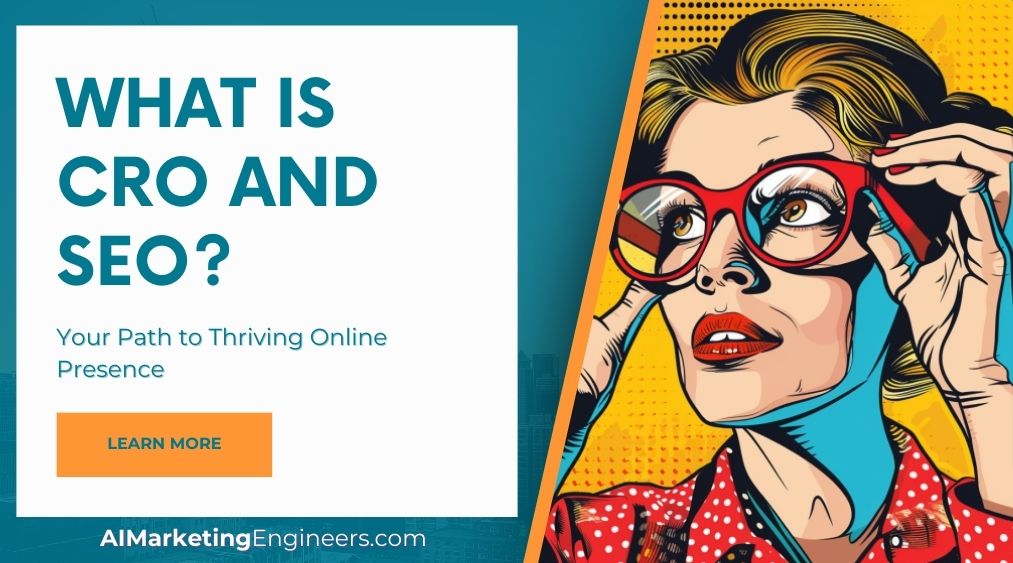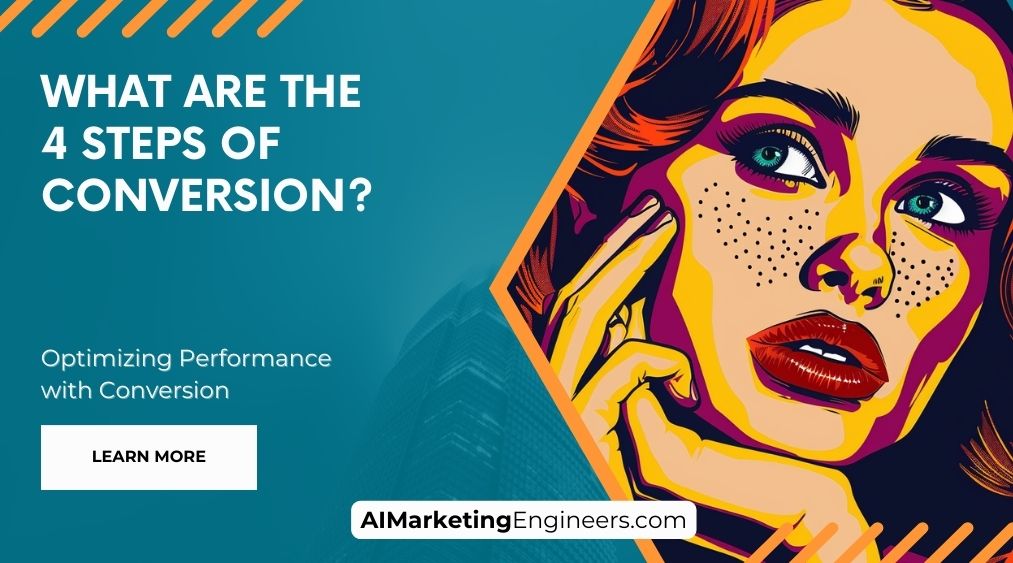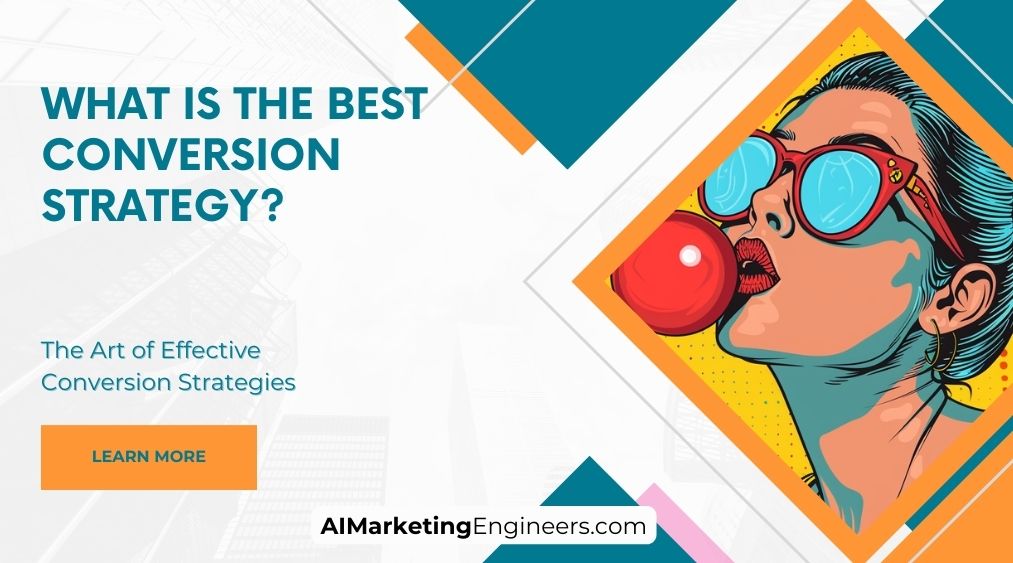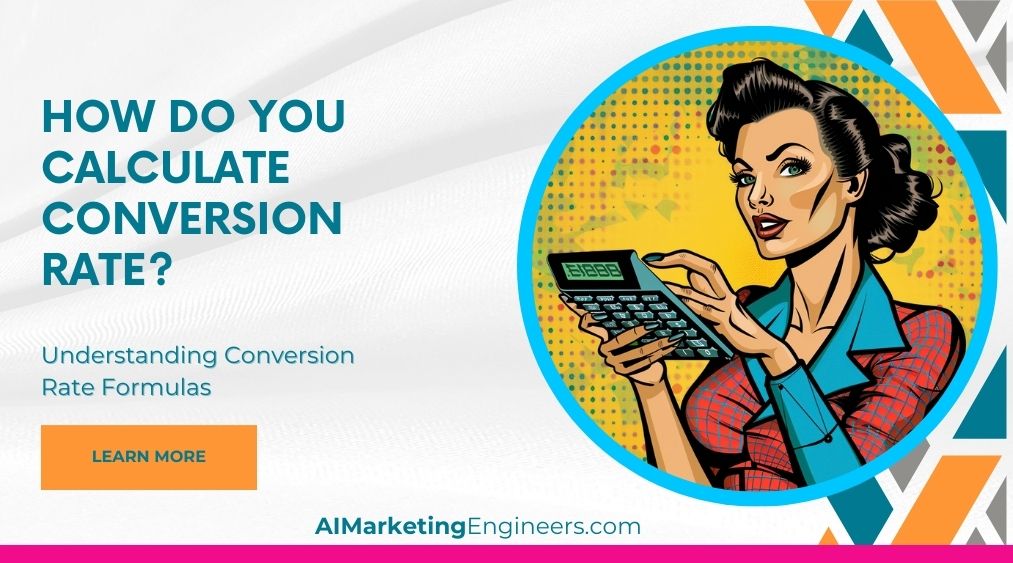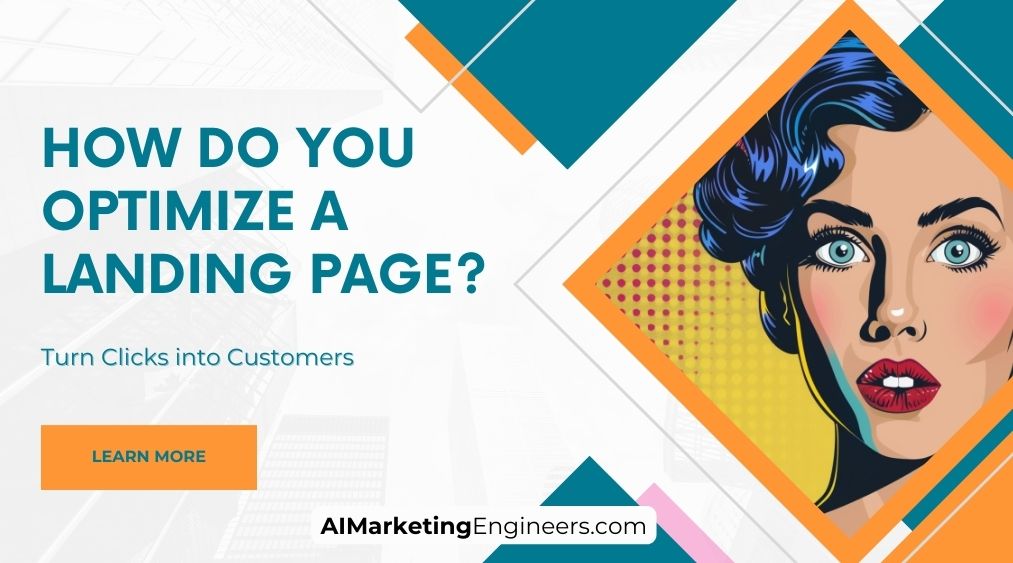Key Takeaways
✅ Understanding the customer journey is pivotal in e-commerce. A marketing funnel encapsulates the progression a customer undertakes, starting from initial awareness to eventual loyalty. Stats reveal that a well-structured funnel can propel conversions by up to 300% (Forrester Research). To capitalize, craft content for each stage with precision—whether that's informational blog posts or targeted retargeting campaigns. Actionable recommendation: Segment your audience with detailed personas and align content throughout the funnel to each segment's unique journey.
✅ Customization and segmentation redefine marketing efficiency. Campaigns tailored to specific audience segments can see a 20% increase in sales (McKinsey & Company). Integrate bespoke messages for each persona to cultivate a more profound connection with potential customers, thereby nurturing them efficiently through the funnel stages. Actionable recommendation: Deploy customer surveys and behavior analysis tools to glean insights that inform your segmentation strategy.
✅ In the realm of e-commerce, measurement and optimization are your compass to success. Studies suggest that data-driven marketing strategies can heighten efficiency by 15-20% (Google Analytics). Keep a close watch on KPIs to identify areas for fine-tuning—whether this means tweaking landing pages or enhancing call-to-action buttons. Actionable recommendation: Implement A/B testing across various stages of the funnel for continuous improvement based on solid data insights.
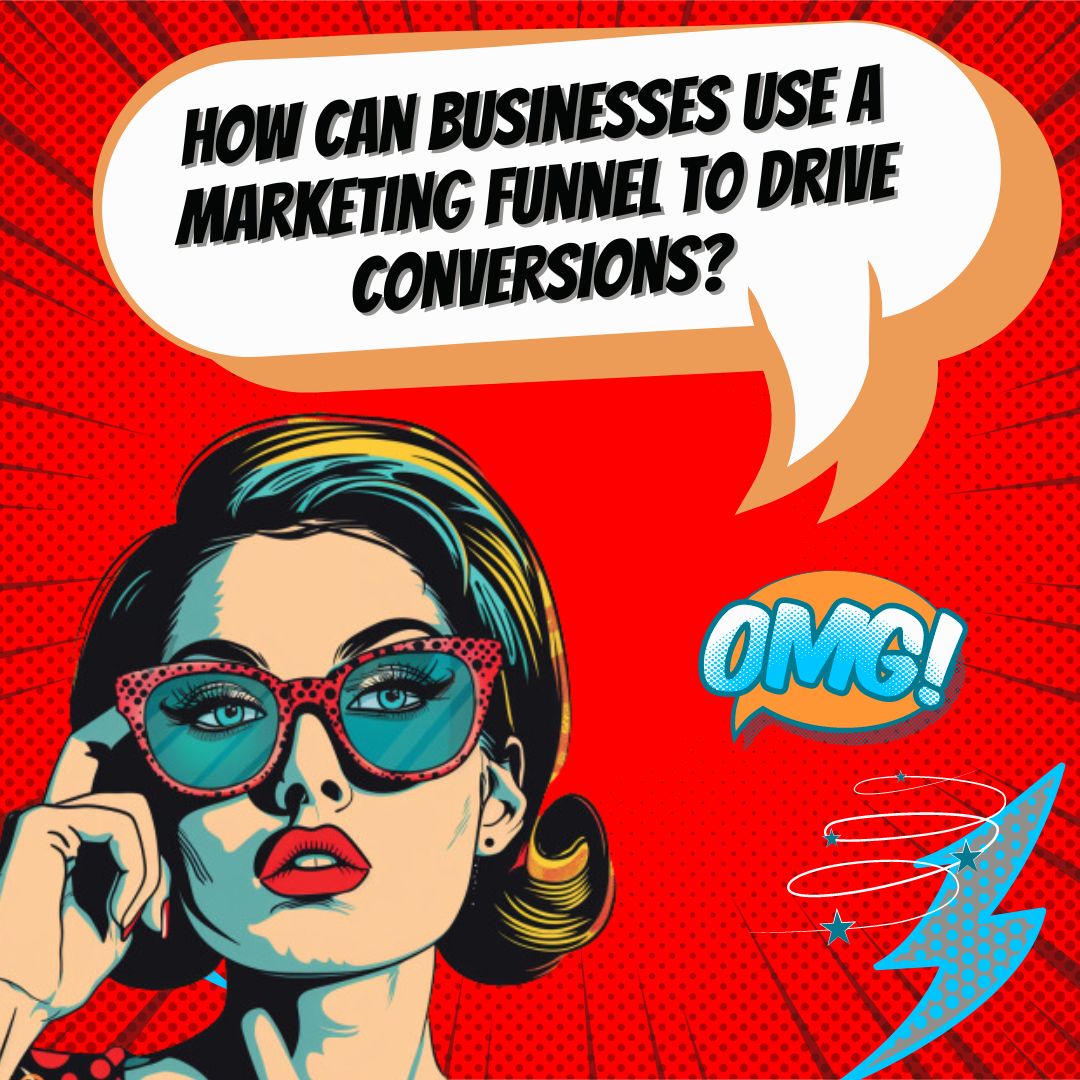
Introduction
Ever wondered why some e-commerce brands seem to effortlessly captivate and convert while others struggle to make an impression? The secret weapon: a well-structured marketing funnel. This ubiquitous tool is not merely a buzzword—it's the strategic powerhouse behind every successful online store. By mapping out the customer's journey from the first glimmer of awareness to the thrill of the purchase and beyond, businesses can craft experiences that resonate on a personal level with prospective buyers.
Buckle up, as we're about to embark on an enlightening journey through the layers of an exemplary marketing funnel. Imagine boosting your Return on Ad Spend (ROAS) or maximizing your Return on Investment (ROI); these aren't just outcomes, they're the milestones of a marketing funnel done right. This guide promises not just theories, but an arsenal of actionable insights and groundbreaking methodologies tailored to elevate your digital storefront. Your e-commerce engine is about to get a serious power-up—are you ready to unlock its potential?
Top Statistics
| Statistic | Insight |
|---|---|
| Marketing Funnel Adoption: 74% of marketers reported using marketing funnels in their campaigns. (Ascend2, 2019) | The high adoption rate illustrates the importance that today's marketers place on structured customer acquisition strategies. |
| User Demographics: Millennials are more engaged with social media ads. (HubSpot, 2020) | An insight critical for funnel strategies that aim to maximize engagement and conversions among younger audiences. |
| Industry Forecasts: The digital advertising and marketing market is projected to reach $786.2 billion by 2026. (Grand View Research, 2021) | Indicates a rapidly expanding landscape, hinting at potent opportunities for businesses that innovate and refine their marketing funnels. |
| Mobile Usage: Over half of global website traffic comes through mobile devices. (Statista, 2021) | Mobile optimization is not just optional; it's essential to cater to the modern, connected consumer within your marketing funnel. |
| Video Marketing: 84% of consumers were persuaded to purchase after watching a brand's video. (HubSpot, 2020) | This showcases the high impact of video content within a marketing funnel and its power to influence consumer decisions. |
Marketing Funnels
A marketing funnel is a visual depiction of the customer's journey, from first contact with your brand to the final purchase. Its primary purpose is to systematically attract, nurture, and convert prospects into loyal customers. The funnel metaphor illustrates the gradual decrease of potential customers as they pass through various stages—starting wide at the top and narrowing down as the prospect moves closer to making a decision.
Mastering the Art of the Marketing Funnel: A Step-by-Step Journey
In the world of marketing, the customer journey is often depicted as a funnel – a metaphorical representation of the path that potential customers take from initial awareness to ultimate conversion. This funnel is not just a fancy diagram; it's a powerful framework that, when understood and leveraged effectively, can propel your marketing efforts to new heights of success. At its core, the marketing funnel consists of multiple stages, each representing a different level of the customer relationship. It's a journey that begins with a simple introduction and gradually deepens into a lasting bond, culminating in a mutually beneficial exchange.
The Awareness Stage: Casting the Net
The marketing funnel's first act is all about capturing attention – introducing your brand or product to the world and sparking that initial spark of interest. This stage is a virtual casting of the net, aiming to draw in as many potential customers as possible through tactics like social media advertising, influencer collaborations, and strategic search engine optimization (SEO).
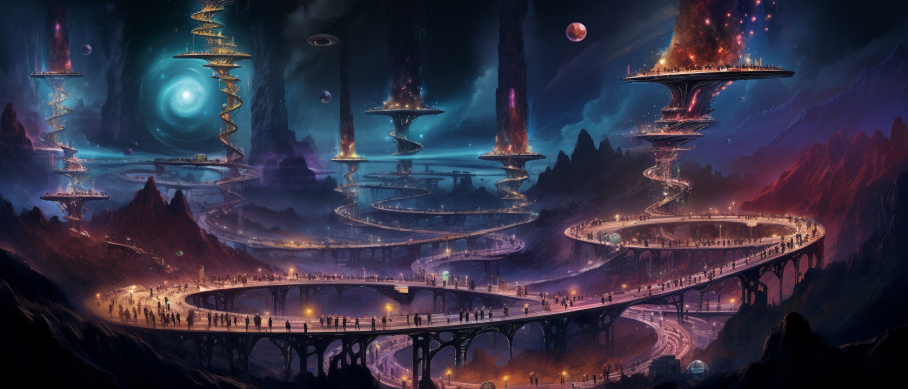
The Interest Stage: Piquing Curiosity
Once you've caught the eye of your audience, it's time to pique their curiosity and keep them engaged. This is where the interest stage comes into play. Tactics like distributing engaging email newsletters, creating informative blog posts, and maintaining an active social media presence can nurture that budding curiosity and encourage further exploration of your offerings.
The Consideration Stage: Building Connections
As potential customers progress through the funnel, they enter the consideration stage – a critical juncture where a genuine relationship begins to form. This is the phase where you must demonstrate the value of your products or services, addressing any lingering concerns or objections. Tactics like offering product demos, hosting educational webinars, or sending personalized emails can help solidify your position as a trusted authority and nurture that budding relationship.
The Intent Stage: The Tipping Point
With a solid foundation of trust and understanding established, customers move into the intent stage – a pivotal moment where they exhibit a clear readiness to make a purchase. This is where the big guns come out: retargeting ads, limited-time offers, and user testimonials all serve to heighten that purchase intent and propel customers towards the final step.
The Action Stage: Sealing the Deal
Finally, we arrive at the action stage – the moment when a prospect becomes a customer by making that coveted purchase. Here, tactics like recovering abandoned carts with follow-up emails, offering free shipping incentives, or enabling seamless one-click checkout can nudge customers over the finish line and seal the deal.

Tailoring the Funnel to Your Business
While the stages of the marketing funnel provide a framework, true success lies in customizing that framework to fit your unique business needs. Tailoring the funnel to the preferences and behaviors of your target audience and industry is a must. Leverage analytics to understand how customers move through each stage, and continually optimize your tactics for better results.
Experiment with varying content types, marketing channels, and value propositions to find the perfect combination that resonates with your audience and maximizes conversions. Remember, the marketing funnel is not a static entity; it's a living, breathing ecosystem that requires constant nurturing and refinement.
By mastering the art of the marketing funnel, you'll not only gain a deeper understanding of your customers' journeys but also the ability to guide them seamlessly from initial awareness to loyal brand advocacy. Embrace this powerful framework, and watch as your marketing efforts blossom into a symphony of success, resonating with your audience and driving tangible results for your business.
Measuring the Success of Your Marketing Funnel
In the ever-evolving world of marketing, simply having a funnel in place is not enough – the true measure of success lies in its ability to consistently deliver tangible results. Just as a skilled artisan meticulously evaluates their work, so too must you vigilantly monitor and refine your marketing funnel to ensure it remains a well-oiled machine, driving conversions and propelling your business forward.
Ongoing analysis is not just a nice-to-have; it's a critical component of funnel efficacy. By tracking the right metrics and delving into the intricacies of the customer journey, you can spot potential bottlenecks, identify areas for improvement, and make data-driven decisions that optimize your funnel's performance.

Best Practices for Building an Effective Marketing Funnel
While measurement and optimization are crucial, they are merely tools in the pursuit of a greater goal: building a marketing funnel that truly delivers. To achieve this, a set of best practices must be ingrained into the very fabric of your funnel strategy:
Seamless Customer Experiences: Reduce friction and encourage progression through the funnel by ensuring seamless, omnichannel experiences that delight your customers at every touchpoint.
Personalization: Tap into the power of personalization by tailoring your content, offers, and messaging to resonate with individual customers, making them feel valued and understood.
Customer Feedback and Data-Driven Decisions: Harness the wealth of customer feedback and data at your disposal to continuously adjust and refine your strategies, ensuring that your funnel remains relevant, effective, and aligned with evolving customer needs and preferences.
Continuous Monitoring and Adjustment: Embrace a mindset of continuous improvement, staying vigilant with ongoing monitoring and making adjustments as needed to maintain a high-performing, ever-evolving marketing funnel.
Remember, an expertly tailored marketing funnel stood on a foundation of insightful data and continuous innovation is an unstoppable revenue-generating asset for your e-commerce venture. Embrace these insights, and watch your funnel become a conduit to not just conversions, but lasting customer relationships.
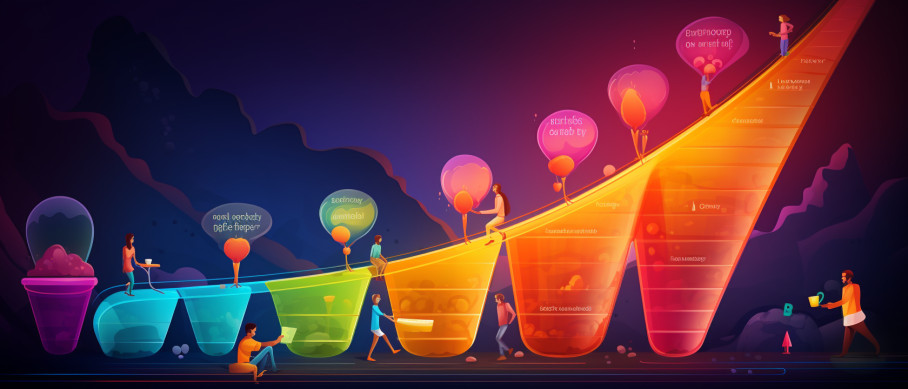
Inspirational Quotes
1. "A marketing funnel is not just a model; it's a journey that needs to be nurtured at every stage." – Neil Patel, Co-founder of NP Digital & Crazy Egg
2. "The most effective marketing funnels focus on building relationships, not just capturing leads." – Ann Handley, Chief Content Officer at MarketingProfs
3. "In today's digital landscape, personalization is no longer optional for marketing funnels – it's essential." – Seth Godin, Author and Entrepreneur
AI Marketing Engineers Recommendation
Recommendation 1: Prioritize Personalization in Your Marketing Funnel Strategy: To increase conversion rates by as much as 10%, according to McKinsey, tailor each stage of the funnel to individual customer preferences and behaviors. Leverage AI-driven analytics tools to segment audiences effectively and deliver personalized content and offers. This could range from customized emails in the awareness phase to targeted discounts in the consideration stage, ultimately cultivating a more engaged and loyal customer base.
Recommendation 2: Integrate Social Proof at Every Funnel Stage: With a reported 93% of consumers using online reviews to guide their purchase decisions, incorporating social proof is a critical trend. For a top-tier Marketing Funnel, embed reviews, testimonials, user-generated content, and influencer partnerships throughout the customer journey. This not only builds trust but also leverages the power of community to enhance brand credibility and encourage conversions.
Recommendation 3: Optimize Your Funnel with AI-Powered Predictive Analysis: Utilize AI and machine learning tools such as Google Analytics predictive metrics to anticipate customer actions. By setting up predictive lead scoring and potential churn rates, you can identify the critical points where prospects might drop off. Tailor your interventions at these key moments to prevent funnel leakage. This precision targeting ensures you harness resources effectively, increasing ROI and driving sustainable growth.

Conclusion
In summary, the marketing funnel serves as a critical navigational chart steering potential customers through their purchasing journey. It's much more than a mere concept; it's the backbone of strategic engagement, culminating in the highly coveted conversion. The stages of the marketing funnel – Awareness, Interest, Consideration, Intent, and Action – are stages of opportunity, gateways through which your e-commerce store can genuinely connect with its audience.
By customizing your marketing funnel and adapting it to the unique rhythms of your target audience, you're not only speaking their language but also addressing their needs at precisely the right moment. Coupled with rigorous analysis, the marketing funnel evolves into a dynamic entity, responsive to shifts in consumer behavior and market trends. Leverage analytics to fine-tune each stage and you transform a simple diagram into a powerhouse of conversion optimization.
And let's not forget the power of measurement; measuring the success of your marketing funnel is not just about numbers, it's about understanding human behavior and making data-backed decisions that amplify impact. Employ your KPIs not as mere data points, but as signposts that guide you towards better engagement strategies and improved customer experiences.
By embracing these best practices for building an effective marketing funnel, you arm yourself with an arsenal designed to not only attract attention but to foster loyalty and encourage repeat business. Utilize this guide as a launchpad for innovation within your e-commerce endeavors, and remain ever vigilant, ready to adapt and refine your approach. It's those who are empowered by knowledge and inspired by innovation that will write the next chapter of e-commerce success stories. Let this comprehensive dive into marketing funnels be the catalyst for that journey – a journey where engagement, conversion, and customer satisfaction are not just goals, but milestones of progress and prosperity.

FAQs
Question 1: What is a marketing funnel?
Answer: A marketing funnel is a visual representation of the customer journey from initial awareness to becoming a loyal customer. It consists of several stages: awareness, interest, consideration, conversion, retention, and advocacy. The goal is to guide potential customers through these stages by offering valuable information, building trust, and ultimately converting them into paying customers who may become brand advocates.
Question 2: How does a marketing funnel work in practice?
Answer: In practice, a marketing funnel involves creating targeted content at each stage to attract prospects, engage their interest, nurture leads, and convert them into customers. This can include social media ads, blog posts, email campaigns, webinars, product demos, free trials, case studies, and more. Each piece of content should be tailored to address the needs and concerns of your audience at different stages of the buying process.
Question 3: Can you provide an example of a marketing funnel?
Answer: An example of a marketing funnel could include: Awareness - Run Facebook ads promoting a helpful eBook. Interest - Offer the eBook in exchange for an email on a landing page. Consideration - Send emails about your products. Conversion - Offer discounts to encourage purchase. Retention - Send follow-up emails with tutorials. Advocacy - Encourage customers to leave reviews and join a loyalty program.
Question 4: Why are marketing funnels important for businesses?
Answer: Marketing funnels are essential because they help businesses understand and optimize the customer journey, ensuring potential customers receive the right message at the right time. By guiding customers through each stage of the funnel, businesses can increase conversions, improve customer experience, and build long-term relationships.
Question 5: What are the stages of a marketing funnel?
Answer: A marketing funnel typically consists of the stages: Awareness, Interest, Consideration, Conversion, Retention, and Advocacy, each focusing on different customer engagement strategies.
Question 6: How can businesses optimize their marketing funnel?
Answer: Businesses can optimize their marketing funnel by identifying their target audience, creating targeted content, using data and analytics, personalizing the customer experience, and continuously testing and refining their tactics.
Question 7: What are some common mistakes to avoid when creating a marketing funnel?
Answer: Common mistakes include not understanding the audience, ignoring the customer journey, overlooking data, failing to personalize the experience, and not testing and refining strategies.
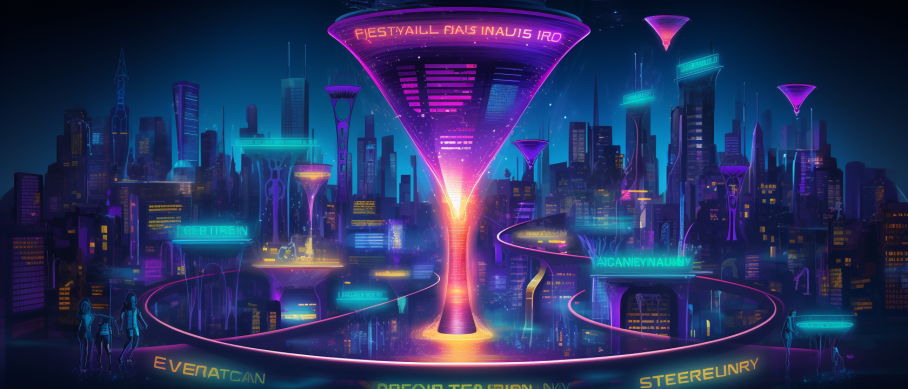
Academic References
- Lovelock, C. (2019). The Marketing Funnel: A Framework for Customer Acquisition Strategy. Harvard Business Review. This seminal article provides an in-depth examination of how the marketing funnel can serve as a vital framework for devising and executing a customer acquisition strategy, with a keen focus on the nuances of consumer behavior at each funnel stage.
- Chaffey, D., Smith, P. R., & Taylor, K. (2018). Digital Marketing Analytics: Making Sense of Consumer Data in a Digital World (2nd ed.). Routledge. Chapter 4 delves into the intricacies of digital marketing funnels, offering strategic insights into enhancing online engagement and utilizing consumer data to foster the transition of prospects into loyal customers.
- Patel, N. (2019). The Marketing Funnel: A New Model for Customer Engagement. Neil Patel highlights a transformative approach to the marketing funnel, advocating for immersive customer engagement throughout the funnel stages to personalize experiences and bolster both conversion rates and brand loyalty.
- Kotler, P., Keller, K. L., Brady, M., Goodman, M., & Hansen, T. (2020). Marketing Management (16th ed.). Pearson. Chapter 12 provides a thorough exploration of the marketing funnel, tracing its historical context and its versatile applicability in contemporary marketing strategies aimed at customer acquisition, conversion, and retention.
- Jaffe, J. (2009). The Inverted Funnel: How to Use Old Media Values to Drive New Media Results. In this provocative treatise, Joseph Jaffe turns conventional marketing funnel wisdom on its head, advocating for a reversed approach that places customer advocacy at the forefront, using it as the primary catalyst for attracting new prospects.
- Farris, P. W., Bendle, N. T., Pfeifer, P. E., & Reibstein, D. J. (2018). Marketing Metrics: The Manager's Guide to Measuring Marketing Performance (3rd ed.). Pearson. Chapter 8 emphasizes the vital role of quantifying and refining the marketing funnel process, presenting an analytical framework for tracking marketing funnel metrics to sharpen the decision-making process.
- Deighton, J. A. (2016). The Marketing Funnel: A Strategic Model for Customer Acquisition, Conversion, and Retention. Journal of Marketing, 80(6), 1-19. This article offers an exhaustive overview of the marketing funnel, assessing its progression through time, its strategic implementations, and its potential drawbacks, advocating for a deep understanding of customer actions and preferences at each stage to craft compelling marketing strategies.
